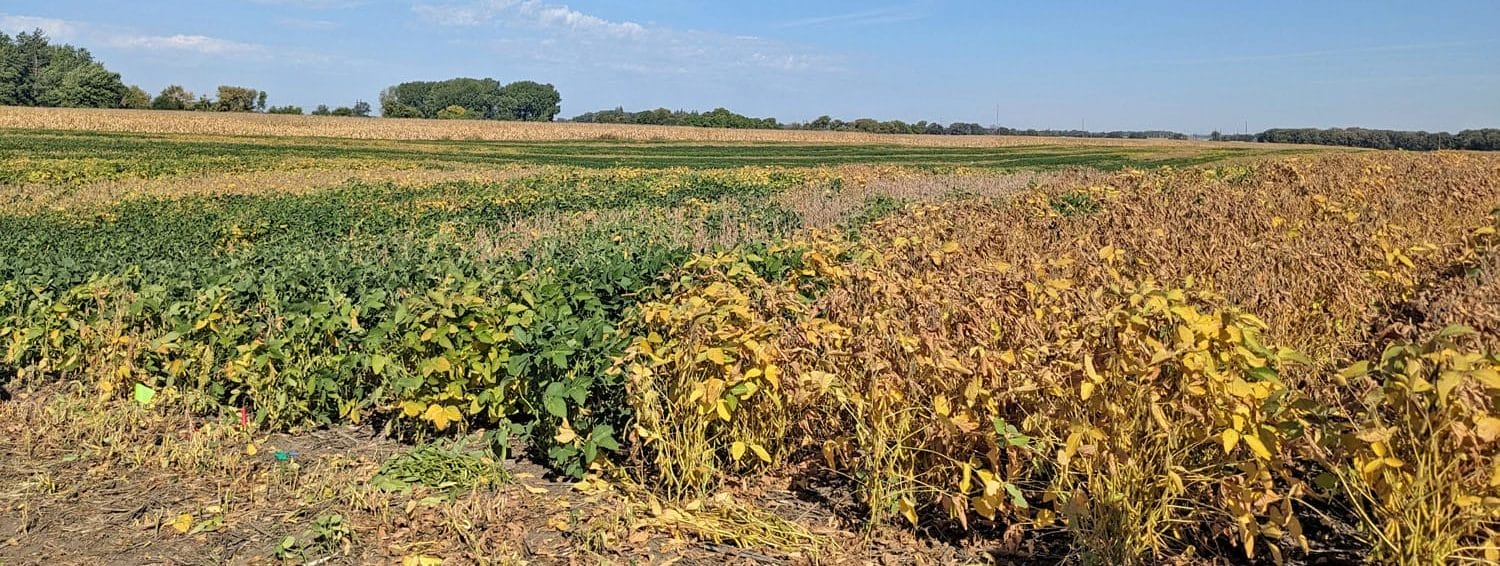Growing From Strong Roots
From the Executive Director Sally Worley
PFI’s founders were visionaries when they created an organization where farmers set priorities, teach each other and conduct their own research. This approach has empowered farmers to find solutions that work for them. For example, 78% of members surveyed reported changing farm practices as a result of farmer-led education and research. This is astounding!
This unique model has helped us expand our membership, our scope of work – and our budget. For fiscal year 2024 (which runs from Oct. 1, 2023 to Sept. 30, 2024), the board of directors approved our budget of $11.9 million. This represents a 441% increase over our budget of $2.2 million just five years ago.
Why has Practical Farmers focused so much on growth? We’re listening to what you, our members and supporters, are telling us. When we embarked on our most recent strategic plan in 2020, you shared feedback in our member survey and in listening sessions. The key message we heard was “keep doing what you’re doing, AND …” With widespread support to keep our current programs and add more, we set out to do so. Our current strategic plan reflects this remit to “build on our strengths and explore new areas of growth.”
Growth is exciting! It can also be scary and full of risk. Lifetime member Tom Frantzen suggested I read “How the Mighty Fall” by Jim Collins several years ago. The book cautions that pursuing more without restraint will prevent organizations from achieving excellence. Jim writes, “To neglect your core business while you leap after exciting new adventures is undisciplined.” At PFI, we have taken care to grow with intention. Our founders deeply understood that a strong farmer-to-farmer network is core to equipping farmers to build resilient farms and communities. As we grow our farmer-led education and research programs, we’re not only preserving our roots, but also staying loyal to PFI’s values.
Over the past decade, in response to feedback from members like you, we’ve also worked to answer questions like: How do we reduce barriers to help farmers make transformative change to our landscapes and communities? How do we bring more people into the PFI network, since we know it is so effective at driving change?
This led us to develop programs that focus on what we can do to help make farms more viable. Growing out of existing programs like our Savings Incentive Program and our cover crop cost-share, this farm viability work is all about business, technical and financial support for farmers. We want to make it easier for farmers to adopt a new practice or make a change.
A perfect example of how our offerings (farmer-led education, research and farm viability) bolster one other is our work on nitrogen. Since our founding, farmers have wondered if they can use less nitrogen without hurting their bottom line. We explored this question at a PFI farmer-led field day in Hayward, Minnesota, where farmers Tracy and Mic Skaar showcased their PFI research trial about planting soybeans into green rye cover crops. Tracy and Mic are also enrolled in our N Rate Risk Reduction Program, which removes some of the risk of testing lower nitrogen rates. The Skaars’ experience is just one example of how our three departments synergize to help farmers answer questions.
So, while you see some new things at PFI, our roots are strong and growing.
Please enjoy another edition full of ideas and inspiration, from how Brad Sheely and his sons brought back livestock on page 8, to how a community worked together to preserve farmland on page 18, to a poetic take on what a prairie might say about its early years on page 6. We also share what we learned from you in our member survey on page 28.
I really hope to see you all in Des Moines for our annual conference.
Thanks for all you contribute to this amazing network.


